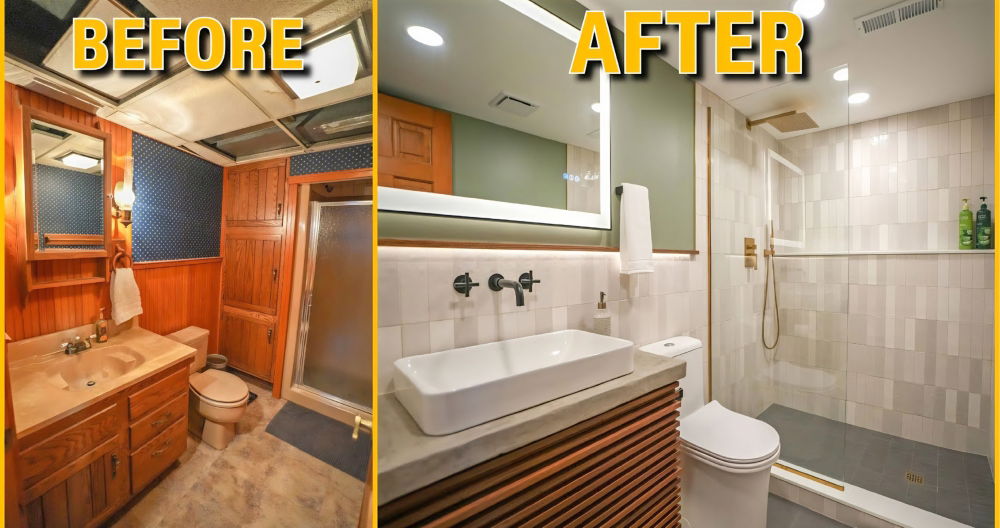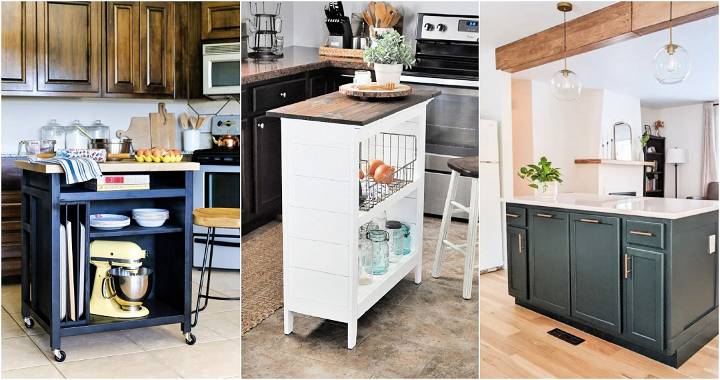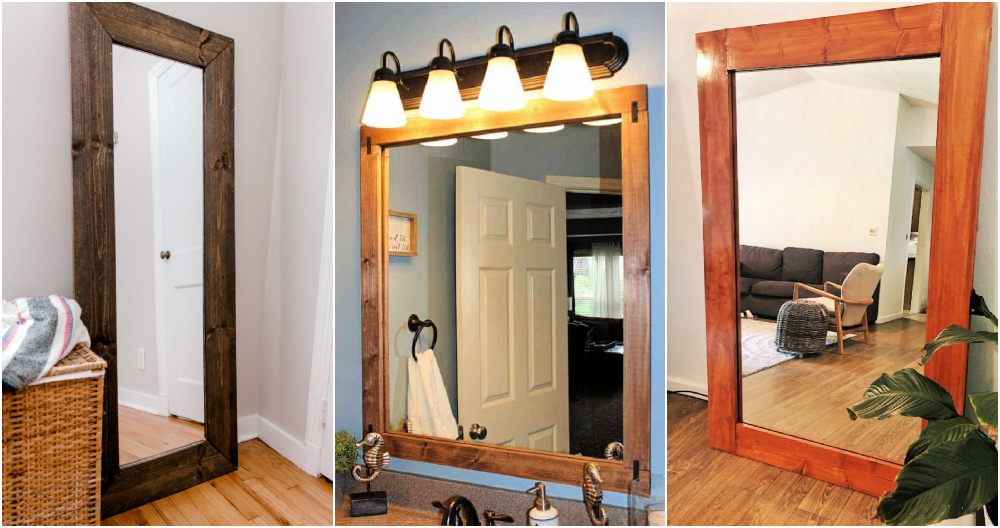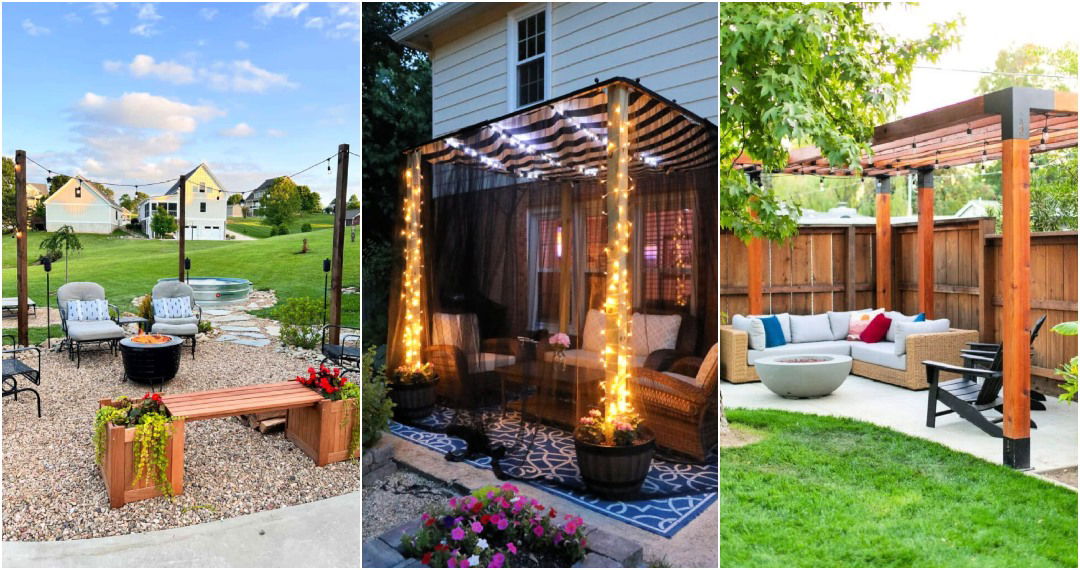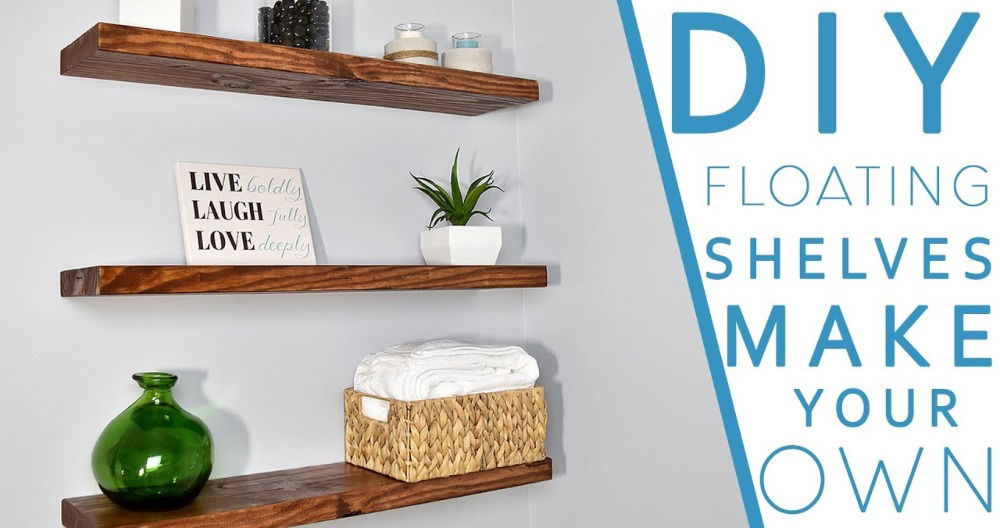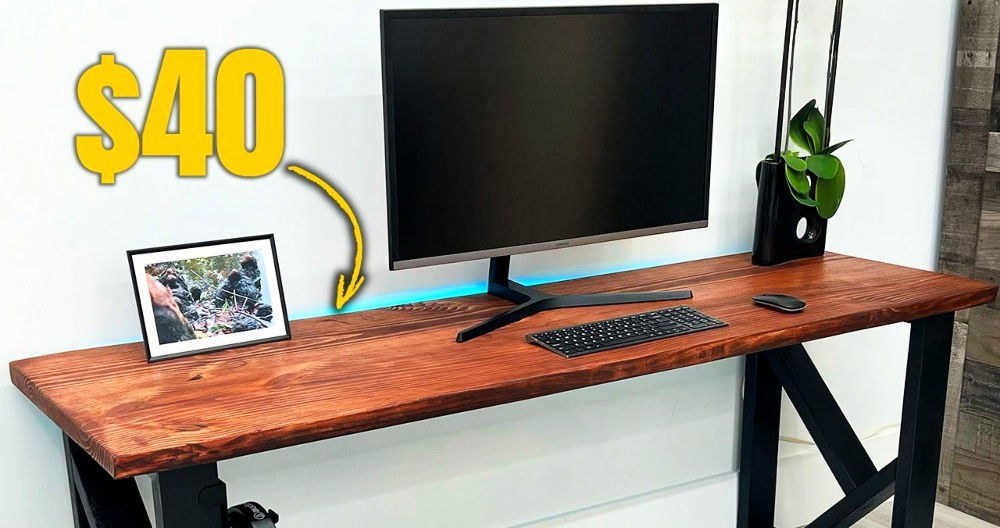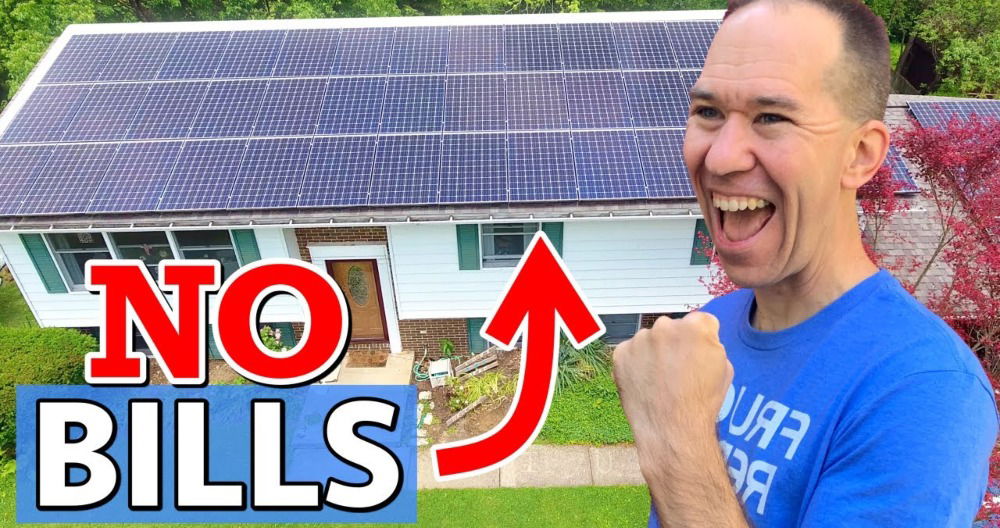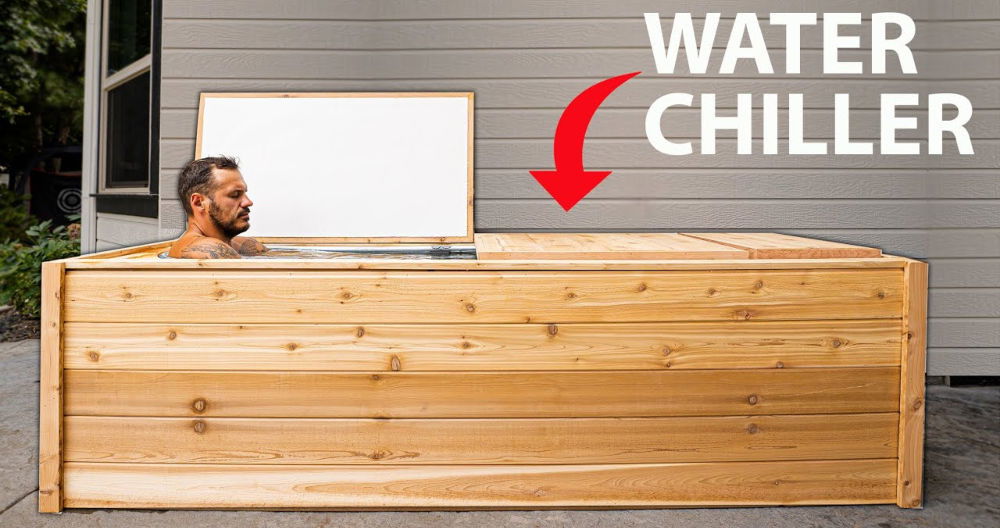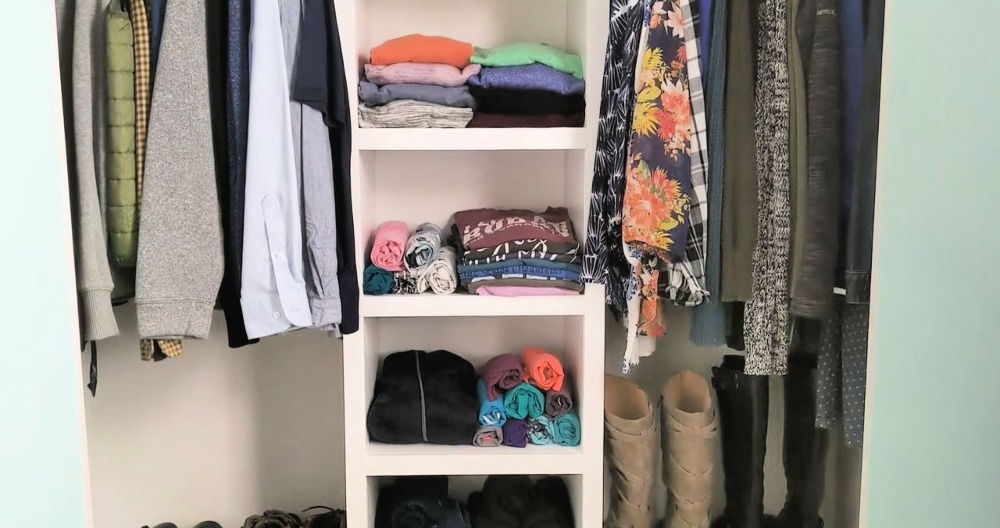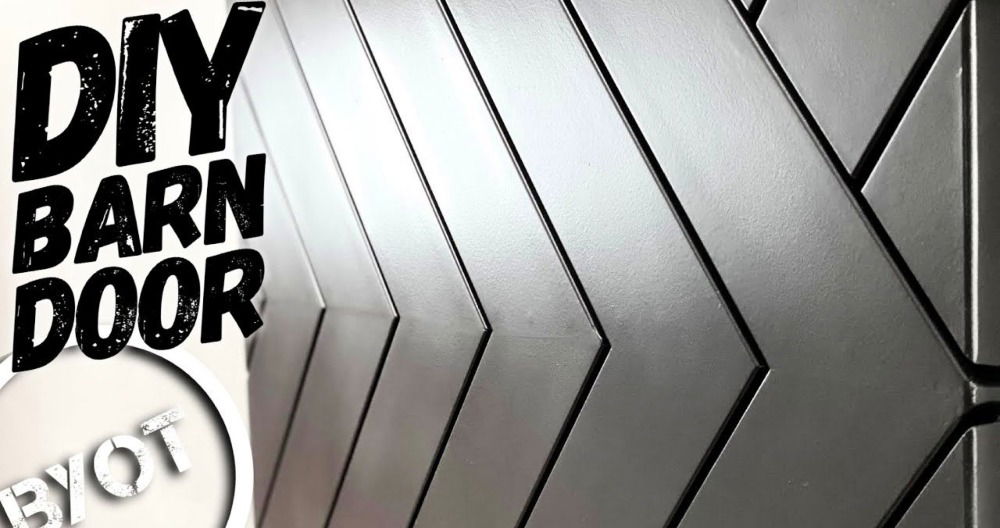Starting a DIY kitchen remodel can seem like a big job. When I first thought about doing it, I wasn't sure where to start. I spent a lot of time looking at pictures online and reading about different ways to change up a kitchen. I made a list of things I wanted to change, like the cabinets, the backsplash, and adding some new lights. It helped me to have a plan before I started.
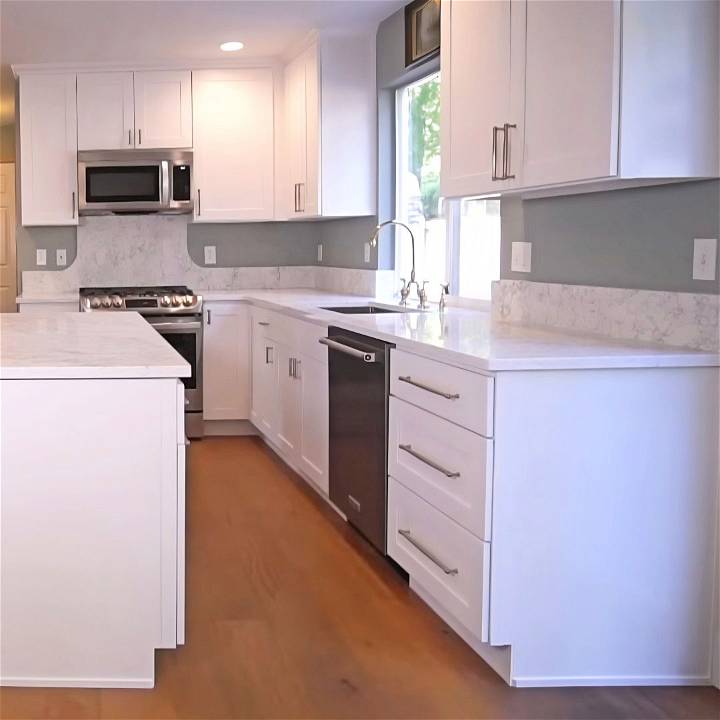
The hardest part was learning how to do each project. But, taking it one step at a time made it easier. I watched a lot of videos and asked friends for help when I needed it. After a while, I got the hang of things. I painted the cabinets, put in a new backsplash, and even installed new lights. Seeing my kitchen change bit by bit was really exciting.
I'm here to say starting your own DIY kitchen remodel is doable. If I can do it, with a little patience and effort, you can too. It's all about taking it step by step and not being afraid to learn new things. I hope my story encourages you to start working on making the kitchen you've always wanted.
Materials and Tools Needed
Before we jump into the demolition, let's talk briefly about the essential materials and tools you'll need:
- Demolition Hammer: For tile and backsplash removal, this tool is a lifesaver.
- Drill and Screwdriver Set: For dismantling cabinets and appliances.
- Sledgehammer and Crowbar: Essential for tearing down non-structural walls.
- Reciprocating Saw: Great for cutting through pipes and making space for new installations.
- Cabinetry: Choosing durable, plywood-core cabinets saves costs without sacrificing quality.
- Engineered Hardwood Flooring: A stylish yet practical choice for kitchen flooring.
- Countertops: I opted for Caesar Stone for its durability and elegance.
- Adhesives and Sealants: For securing cabinets, countertops, and sinks.
Step by Step Instructions
Learn the steps for a DIY kitchen remodel on a budget: demolition, planning, cabinet installation, flooring, countertops, backsplash, and finishing touches.
1. Demolition
Demolition is chaotic but thrilling. Ensure all utilities are disconnected before you start. Remove the cabinets, appliances, and flooring. Pro tip: renting a dumpster simplifies the cleanup.
2. Planning and Ordering Supplies
Careful planning cannot be overstated. Measure your space meticulously, and consult with local suppliers for cabinets and countertops. For me, finding a local cabinetry supplier saved thousands as compared to the initial quotes I received.
3. Cabinet Installation
Start with the corner cabinets and work your way out. Use a laser level to ensure everything lines up perfectly—this tool was indispensable throughout the process. Remember to install the upper cabinets before proceeding with the lower ones to avoid any unnecessary lifting over newly installed counters or base cabinets.
4. Flooring
With the cabinets in place, the focus shifts to the flooring. If you're replacing the subfloor or installing new flooring, ensure it's level and sturdy. Engineered hardwood is straightforward to install and offers a timeless look.
5. Countertops and Backsplash
Hiring professionals for countertop installation was a decision I don't regret. The precision required for a perfect fit is paramount. When it came to the backsplash, choosing a material that complemented the countertops tied the whole space together.
6. Finishing Touches
The devil is in the details. Installing the sink, faucet, and hardware was the final step in bringing the kitchen to life. Don't underestimate the impact of upgraded lighting as well—it can dramatically enhance the ambiance of your kitchen.
Lessons Learned
- Expect the Unexpected: Budget for unforeseen costs and prepare for unexpected challenges.
- Quality Over Quantity: Investing in high-quality materials pays dividends in durability and aesthetics.
- Patience Pays Off: Don't rush the process. Taking the time to do things right will result in a kitchen you'll love for years.
Budgeting Tips for Your DIY Kitchen Remodel
When embarking on a DIY kitchen remodel, it's crucial to plan your budget carefully to ensure that you can complete your project without financial strain. Here are some helpful tips to keep your kitchen renovation affordable:
1. Set a Clear Budget: Before you start, determine how much you can realistically spend on your kitchen remodel. Consider all aspects of the project, including materials, tools, and any professional help you might need.
2. Prioritize Your Needs: Make a list of what you need to change in your kitchen and rank these items by priority. Focus on essentials first, like fixing a leaky faucet or outdated electrical wiring.
3. Do It Yourself Where Possible: Labor costs can add up quickly. If you have the skills, consider doing some of the work yourself. Painting, installing backsplashes, and even assembling cabinets are tasks many homeowners can handle.
4. Shop Around for Materials: Don't buy the first thing you see. Compare prices for materials and appliances at different stores, and don't overlook online retailers who might offer better deals.
5. Look for Sales and Discounts: Keep an eye out for sales, especially during holiday weekends or off-season periods. You can also check for discounts at local hardware stores or online.
6. Consider Refurbishing Instead of Replacing: Sometimes, a fresh coat of paint or new hardware can completely transform kitchen cabinets. Refurbishing existing elements can save a lot of money compared to buying new.
7. Plan for Unexpected Costs: It's wise to set aside an additional 10-20% of your budget for unexpected expenses. Surprises often occur during remodeling projects, and it's better to be prepared.
8. Keep the Big Picture in Mind: While it's tempting to splurge on luxury items, remember that the overall functionality and design coherence of your kitchen are more important than any single feature.
By following these budgeting tips, you can keep your kitchen remodel affordable and achieve a space you love without overspending.
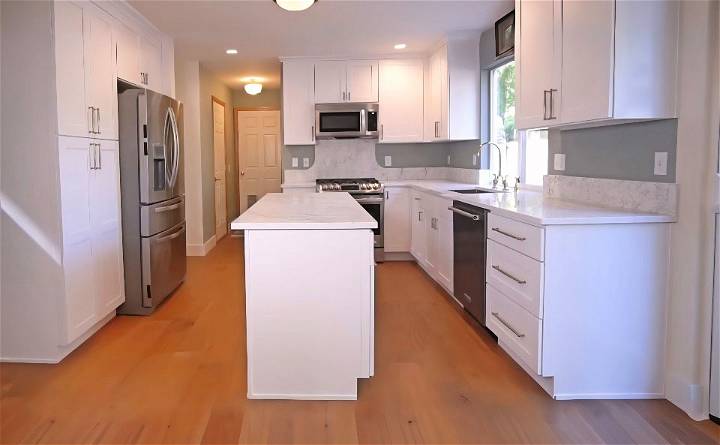
Personalization Ideas for Your DIY Kitchen Remodel
Adding personal touches to your kitchen can make the space truly yours. Here's how you can infuse your kitchen with character and functionality that reflects your personal style:
1. Choose a Theme: Start by deciding on a theme that resonates with you. Whether it's modern, rustic, or vintage, let your theme guide your choices in colors, textures, and fixtures.
2. Display Your Collections: If you collect items like vintage dishes, mason jars, or cookbooks, find a way to display them in your kitchen. Open shelving or glass-front cabinets are great for this purpose.
3. DIY Decor: Build your own kitchen decor, like hand-painted tiles or a custom chalkboard menu. These projects add a unique touch that can't be bought in a store.
4. Family-Friendly Features: If you have children, consider adding a low countertop or a chalkboard wall for them to draw on. It's a fun way to make the kitchen more inclusive for the whole family.
5. Lighting: Good lighting is essential in a kitchen. Beyond functionality, choose light fixtures that complement your style. Pendant lights, under-cabinet lights, or even a statement chandelier can add personality.
6. Colorful Accents: Add pops of color with accessories like dish towels, a colorful backsplash, or vibrant bar stools. These can be easily changed out if you want to update the look later.
7. Herb Garden: If you love cooking with fresh herbs, consider adding a small indoor herb garden. It's both decorative and practical.
8. Custom Storage Solutions: Tailor your storage to fit your needs. If you love baking, build a baking station with all your supplies in one place. If coffee is your passion, set up a dedicated coffee bar.
9. Artwork: Hang artwork that makes you happy or inspires you. It could be anything from family photos to a piece of art you love.
10. Hardware Upgrades: Changing out hardware like drawer pulls and cabinet knobs is an easy and inexpensive way to add a personal touch to your kitchen.
By adding personal touches to your kitchen remodel, you'll make it unique and tailored to your style and preferences.
FAQs About DIY Kitchen Remodel
Get answers to all your FAQs about DIY kitchen remodels. Learn the best tips and tricks for a successful renovation project.
How much should I budget for a DIY kitchen remodel?
The cost of a DIY kitchen remodel can vary widely, typically ranging from $5,000 to $12,000. This depends on the size of your kitchen and the extent of the changes you plan to make. It's important to set a realistic budget that includes a buffer for unexpected expenses.
Can I remodel the kitchen myself or should I hire a professional?
If you have some basic DIY skills, you can undertake simple tasks like painting or installing new hardware yourself. However, for more complex jobs like plumbing or electrical work, it's safer and often more cost-effective in the long run to hire a professional.
What are the first steps in a DIY kitchen remodel?
Begin with a solid plan. Outline your goals, set a budget, and decide on a style or theme. Then, start with demolition carefully, removing old fixtures and finishes. Remember to donate or sell usable items to save on waste removal costs.
How do I choose the right materials for my kitchen remodel?
Select materials based on durability, maintenance, and your personal style. For example, porcelain tiles are great for flooring as they are durable and easy to clean. When choosing countertops, consider both aesthetics and functionality.
What should I consider when planning the layout of my new kitchen?
Think about the ‘kitchen work triangle'—the path between your stove, refrigerator, and sink. This should be unobstructed and efficiently designed to make cooking and cleaning more convenient. Also, consider the overall flow of your home and how the kitchen fits into it.
How can I ensure my kitchen remodel is sustainable?
Opt for eco-friendly materials like bamboo for flooring or recycled glass for countertops. Choose energy-efficient appliances to reduce your environmental impact and save on utility bills. Also, consider the longevity of your design choices to avoid frequent remodels.
By addressing these common questions, you'll be better prepared to tackle your DIY kitchen remodel with confidence and clarity.
Final Thoughts
This DIY kitchen remodel was a profound learning experience. By adhering to a carefully plotted plan, employing the right tools, and not shying away from seeking professional help when necessary, I managed to transform the kitchen while saving significantly compared to the initial contractor quotes.


